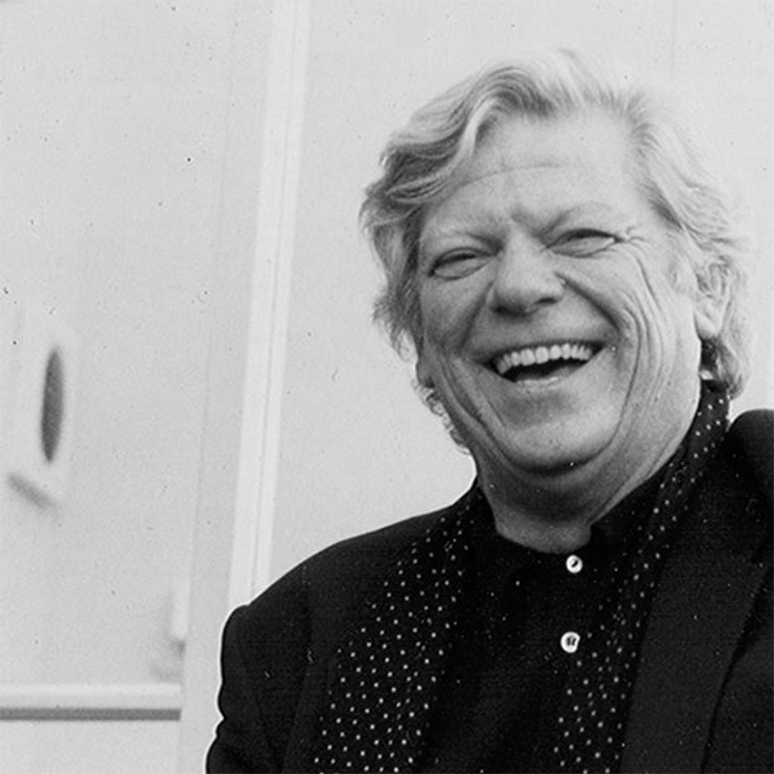LEBBEUS WOODS
A trained architect and engineer, Lebbeus Woods reimagines modern environments not by designing buildings or by proposing city plans, but by making drawings that ask us to view our surroundings in a new light. His eponymous constructions are jarring in their depiction of the violence and fragmentation that define today’s social, political, and geographical landscapes. “Architecture must learn to transform the violence,” Woods wrote in War and Architecture (1997), “even as violence knows how to transform the architecture.”
Woods developed his technical skills as a student in the architecture program at the University of Illinois, and later at Purdue University’s engineering school. After working at Eero Saarinen Associates from 1964 to 1968, Woods decided to start his own practice. In 1976 he turned to exclusively developing theoretical and experimental projects.
In 1988, Woods co-founded the Research Institute for Experimental Architecture, a nonprofit institution devoted to the advancement of experimental architectural thought and practice.

LEBBEUS WOODS
A trained architect and engineer, Lebbeus Woods reimagines modern environments not by designing buildings or by proposing city plans, but by making drawings that ask us to view our surroundings in a new light. His eponymous constructions are...
A trained architect and engineer, Lebbeus Woods reimagines modern environments not by designing buildings or by proposing city plans, but by making drawings that ask us to view our surroundings in a new light. His eponymous constructions are jarring in their depiction of the violence and fragmentation that define today’s social, political, and geographical landscapes. “Architecture must learn to transform the violence,” Woods wrote in War and Architecture (1997), “even as violence knows how to transform the architecture.”
Woods developed his technical skills as a student in the architecture program at the University of Illinois, and later at Purdue University’s engineering school. After working at Eero Saarinen Associates from 1964 to 1968, Woods decided to start his own practice. In 1976 he turned to exclusively developing theoretical and experimental projects.
In 1988, Woods co-founded the Research Institute for Experimental Architecture, a nonprofit institution devoted to the advancement of experimental architectural thought and practice.

LEBBEUS WOODS
A trained architect and engineer, Lebbeus Woods reimagines modern environments not by designing buildings or by proposing city plans, but by making drawings that ask us to view our surroundings in a new light. His eponymous constructions are jarring in their depiction of the violence and fragmentation that define today’s social, political, and geographical landscapes. “Architecture must learn to transform the violence,” Woods wrote in War and Architecture (1997), “even as violence knows how to transform the architecture.”
Woods developed his technical skills as a student in the architecture program at the University of Illinois, and later at Purdue University’s engineering school. After working at Eero Saarinen Associates from 1964 to 1968, Woods decided to start his own practice. In 1976 he turned to exclusively developing theoretical and experimental projects.
In 1988, Woods co-founded the Research Institute for Experimental Architecture, a nonprofit institution devoted to the advancement of experimental architectural thought and practice.
ARTWORK
ARTWORK
ARTWORK


